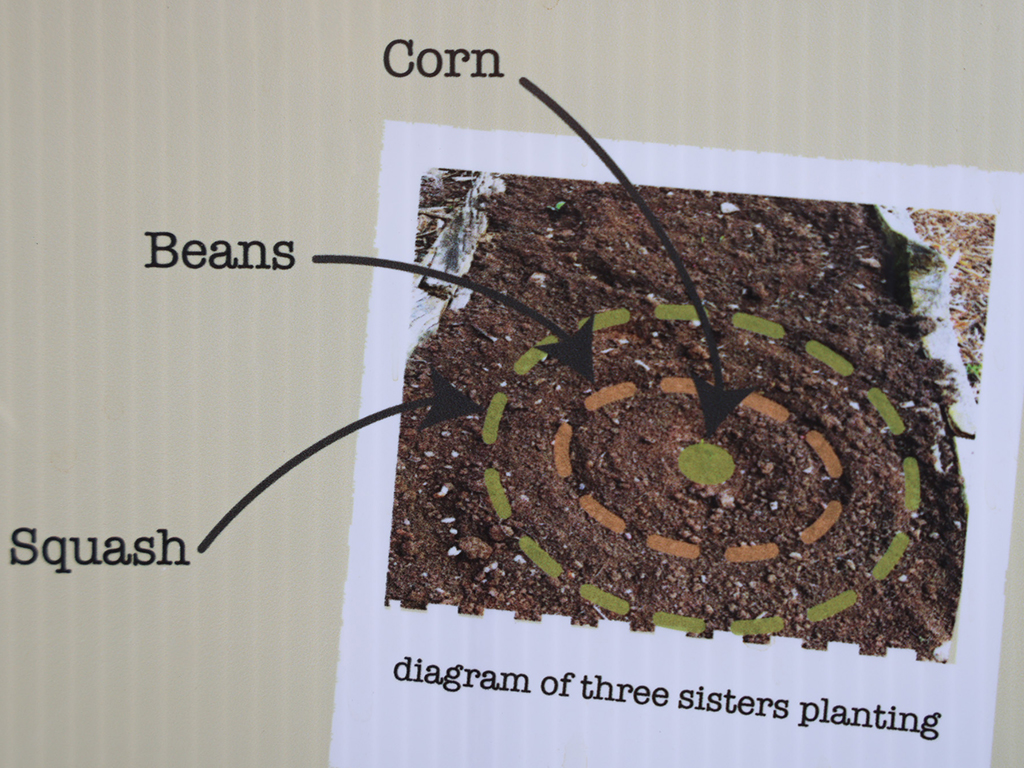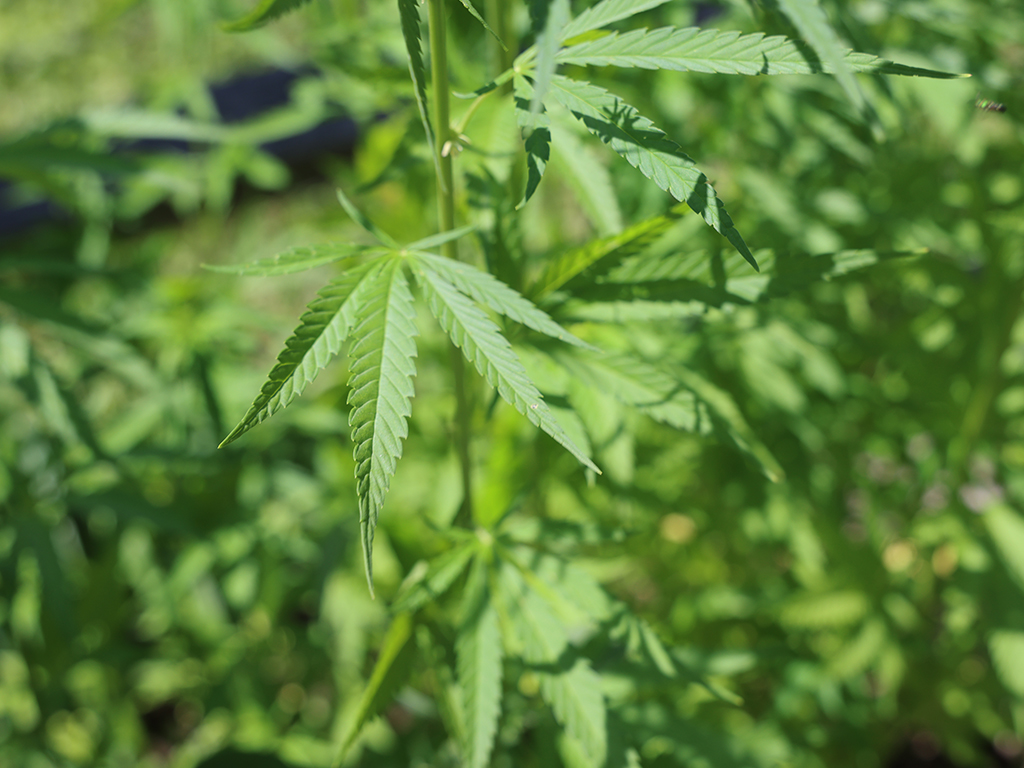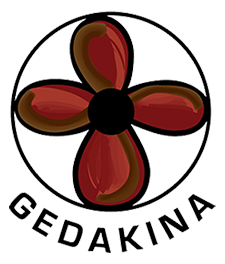What on the Farm? Three Sisters Garden

Around the south side of our Farm Barn is the Children’s Farmyard Garden, full of plants to taste, smell, and touch: sweet cherry tomatoes, tart ground cherries, fragrant herbs, fuzzy lamb’s ears, and more. We’re honored that, for four years, the garden has also hosted a trio of heirloom crops planted by our partners at Gedakina.
This triumvirate of plants—corn, beans, and squash—is called the Three Sisters. These three crops have been companion planted by Indigenous peoples in North, Central, and South America for millenia! When grown together, each plant has a mutually beneficial role to play in the growth and flourishing of the others. Gedakina’s executive director Judy Dow explains the Three Sisters (plus one):

Corn is planted first in the center of the plot. Corn provides a stalk for the beans to climb.
Beans are planted next, at least two weeks later, in a circle around the corn. Beans, as a legume, put nitrogen back into the soil, helping the other plants thrive.
Squash is planted last in the outermost circle. Squash provides shade that helps prevent the soil from drying out, while its prickly leaves keep predators away.
Sunflowers, the Fourth Sister, are planted along either end of the garden bed. Sunflowers distract birds from eating the corn, pull heavy metals from the soil, and serve as a windbreak. Ants help to herd aphids onto the sunflowers, increasing the production of the other plants.
Together, the family of plants in a Three Sisters garden create a healthy, balanced, self-sustaining ecosystem that both provides food and gives back to the soil, Judy says. This reflects the wisdom of traditional farming methods, which recognize and celebrate the ways in which all living things are interconnected and interdependent.

Gedakina will share the seeds that these Three Sisters produce with other Indigenous gardens around the Northeast. Through this collaboration, it’s our hope that the plot will serve as both education and inspiration to learners of all ages, spreading the wisdom of Traditional Ecological Knowledge.

In addition to the sisters, you’ll see several other crops planted by Gedakina staff in the Children’s Farmyard garden, including tobacco and fiber hemp. Tobacco is considered sacred by many Indigenous people and is grown here for use in ceremonies.
As for fiber hemp, it has been cultivated for centuries for its slender, strong, durable fibers, explains Gedakina staff member Jen Daniels. Once dried and processed, the fibers can be used for textiles, weavings, animal bedding, even building insulation! Hemp also sequesters carbon at a higher rate compared to other crops and even young forests, and its deep root systems are able to clean soils, a process known as bioremediation.
Stop by to see, learn from, and enjoy the Three Sisters on your next visit to the Children’s Farmyard!
Read more about the collaboration between Gedakina and Shelburne Farms on Vermont Public.

